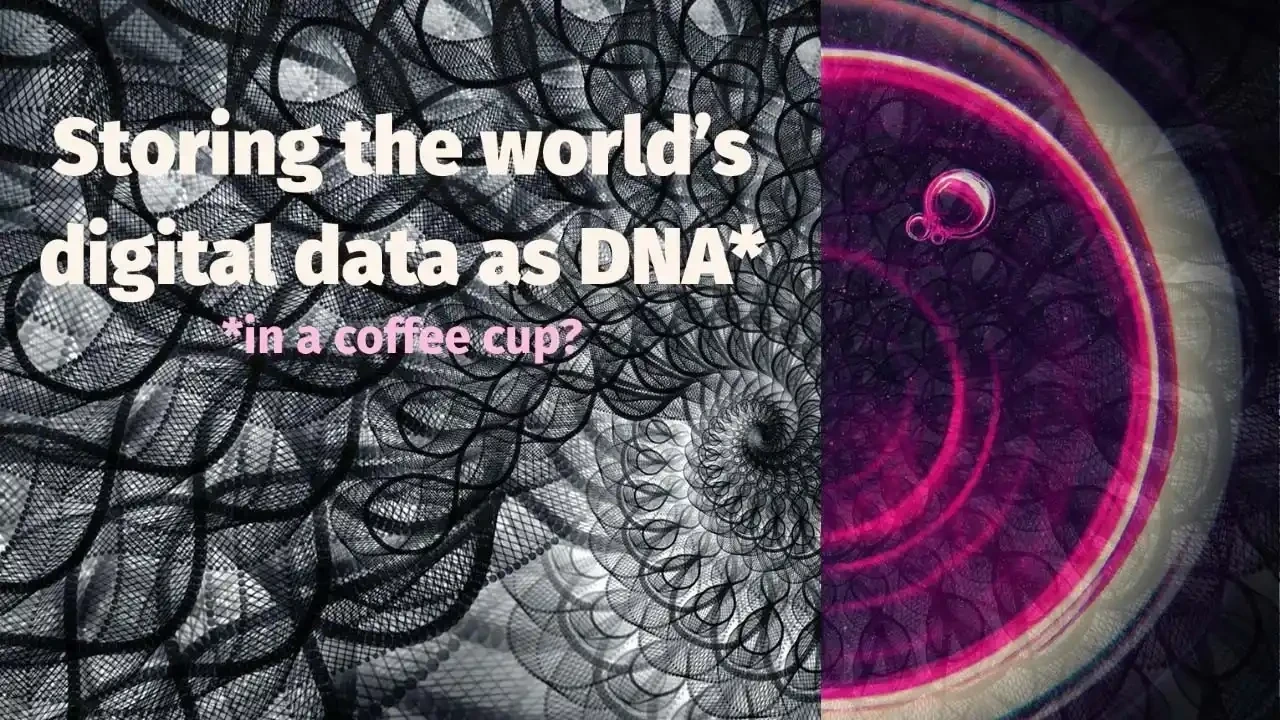How the Building Blocks of DNA Inspire the Future of Data Storage 🧬

A single gram of DNA is capable of storing 215 petabytes (215 million gigabytes)... 🤯 Could all your digital data be stored as #DNA? MIT engineering believes that Nature holds the questions to answers we yet learnt how to ask ... including how #Nature stores data.
On earth right now, there are about 10 trillion gigabytes of digital data, and every day 2.5 million gigabytes of data is added. Much of this data is stored in enormous facilities known as exabyte data centres (an exabyte is 1 billion gigabytes), which can be the size of several football fields and cost around $1 billion to build and maintain 💸

Many scientists believe that an alternative solution lies in the molecule that contains our genetic information: DNA, which evolved to store massive quantities of information at a very high density. DNA has evolved to be incredibly resource-efficient, unlike the hardware that we currently use to store data. According to Mark Bathe (an MIT professor of biological engineering), a coffee mug full of DNA could theoretically store all of the world’s data ☕️
Today, scientists have demonstrated that they can encode data such as images and text as DNA. However, an easy way to pick out the desired file from a mixture of many pieces of DNA will also be needed. Bathe and his colleagues have now demonstrated one way to do that, by encapsulating each data file into a 6-micrometre particle of silica, which is labelled with short DNA sequences that reveal the contents. Using this approach, the researchers demonstrated that they could accurately pull out individual images stored as DNA sequences from a set of 20 images. Given the number of possible labels that could be used, this approach could possibly scale up to 1020 files.
💸 What is the limiting factor/s:
Bathe envisions that this kind of DNA encapsulation could be useful for storing “cold” data, that is, data that is kept in an archive and not accessed very often. His lab is spinning out a startup, Cache DNA, that is now developing technology for long-term storage of DNA, both for DNA data storage in the long term, and clinical and other preexisting DNA samples in the near term.
“While it may be a while before #DNA is viable as a data storage medium, there already exists a pressing need today for low-cost, massive storage solutions for preexisting DNA and RNA samples from Covid-19 testing, human genomic sequencing, and other areas of genomics,” Bathe says.
If you are interested in learning from Nature and applying it to your career, project or life - start your biomimicry learning journey today, or join our next cohort here to enrol now and avoid disappointment!
Wild regards,
Alistair




